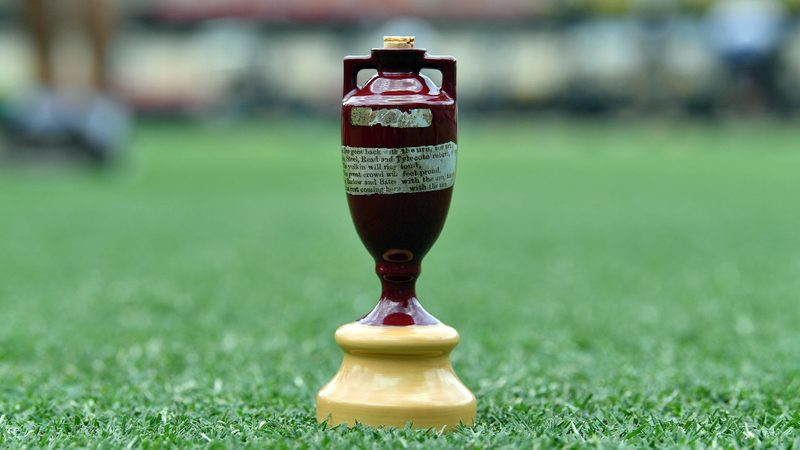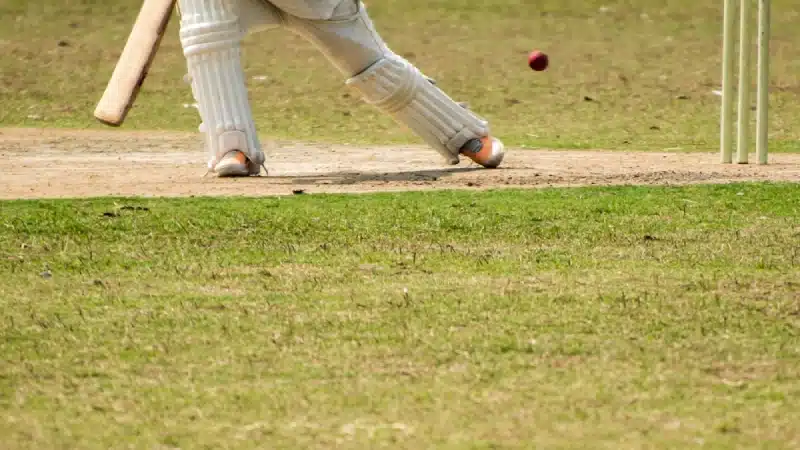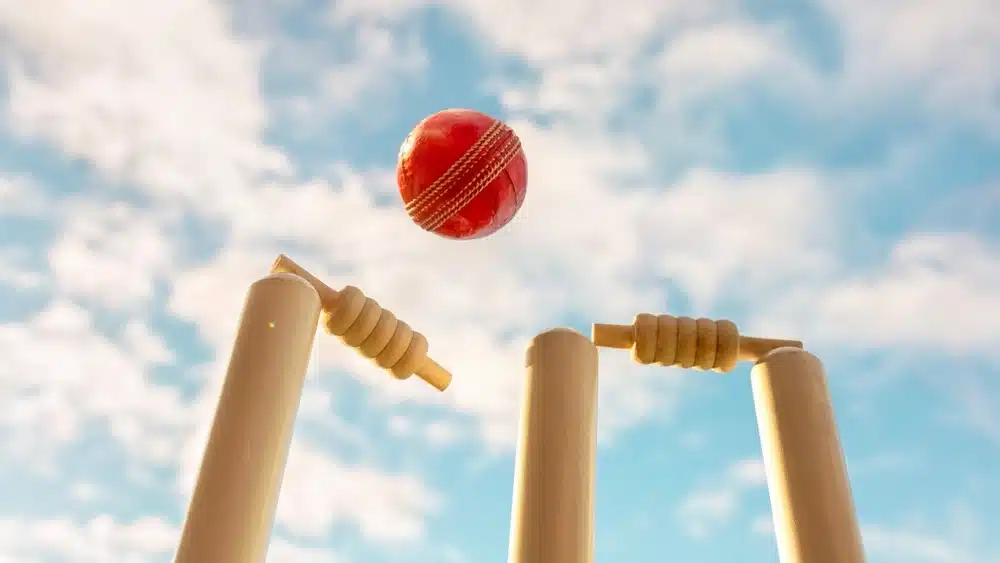
The ICC World Test Championship begins from August 1, and the cricket fraternities just couldn’t have asked for a better start than this. Defending champions, Australia are set to lock horns with England to safeguard arguably one of their most important assets - The Ashes.
The popularity coupled with the history of this contest is enormous, to say the least. Thus, several things about the tournament, which is now 136-year-old, remain inconclusive. And with that being said, here we give you five interesting facts about The Ashes:
1. Why the name ‘Ashes’?
The term ‘Ashes’ was initially mentioned when Australia defeated England in a Test match for the first time. Held at Kennington Oval, London in 1882, the defeat wasn’t really taken well by the English people and the media alike.
And it was only a few days after the defeat that journalist Reginald Shirley Brooks made a mockery out of the England cricket team in the Sporting Times, which read, "In Affectionate Remembrance of English Cricket which died at the Oval on 29th August 1882, deeply lamented by a large circle of sorrowing friends and acquaintances. R.I.P. N.B.—The body will be cremated, and the ashes taken to Australia."
In the subsequent series (1882-83), where England were to tour Australia, captain Ivo Bligh assured the fans that he would bring back "The Ashes of English cricket". It, however, took more than 20 years for the term to get established as an ‘official name’ for the series when Australia captain Pelham Warner, in 1903, took his team to England to regain "the ashes".
Upon success, a book entitled ‘How We Recovered the Ashes’ was published by the skipper, which gained the eventual traction for the future.
2. What’s written on the urn?
It is said that the urn was made during England’s tour in 1882-83, and was presented by a group of Melbourne women to Bligh, who guided his team to a 2-1 series victory. As per the legends, the contents of the urn are the ashes of a bail used in the third match. There, however, are several other stories to it.
Furthermore, there are two labels on the trophy. The upper one says, "The Ashes" and the lower one reads,
"When Ivo goes back with the urn, the urn;
Studds, Steel, Read and Tylecote return, return;
The welkin will ring loud,
The great crowd will feel proud,
Seeing Barlow and Bates with the urn, the urn;
And the rest coming home with the urn."
(*Those in Italics are the names of the players who toured Australia in 1882-83)

The urn, however, was never an official trophy given that it was just a personal gift to Bligh from his future wife, Florence Morphy. It wasn’t until the 1998-99 series that an official trophy was introduced, which was made from Waterford Crystal.
3. The original urn rests in England
Since the historic and year-old urn is too fragile to travel, the original memento rests at the MCC Museum at Lord’s. Since 1929, the urn has traveled to Australia just twice; 1988 for the Bicentenary Test Match, and in 2006-07 as part of an MCC-organised touring exhibition.
4. England have never completed a Whitewash
Despite being the birthplace, England, since the 20th century, have never completed a total whitewash over Australia. They have indeed won the series without losing a game, but then the others were drawn. As for Australia, they have humbled their opponents on three occasions: 1920-21, 2006-07 and 2013-14.
The closest England have come was in 1978-79 when they defeated Australia 5-1.
5. What if it’s a draw?
In case of a draw, the team with the most number of boundaries is declared the winner. KIDDING! If the series is tied, the winners of the previous edition retain the title. The first time it happened was in 1938, and being the defending champions, Australia retained the Ashes. As of now, including the 38’ result, the course has been followed in 1962-63, 1965-66, 1968 and 1972, with England benefitting just in the latter (72’).
Feature image courtesy: AFP / Saeed Khan




















